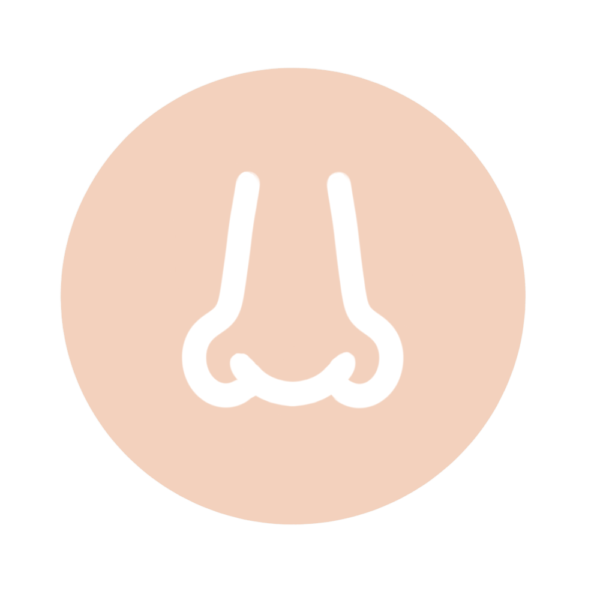Nosebleeds
Baby health

Nosebleeds are very common. Also called epistaxis, they occur when a small blood vessel in the lining of the nose bursts. This can happen easily because the inside of the child’s nose is delicate and the small blood vessels are fragile and close to the surface.
When will the bleeding stop?
The bleeding is usually brief, and will typically stop in less than 10 minutes when treated with first aid at home.
While it often looks like a lot of blood has been lost, especially when soaked in a tissue, it is rare for children to lose so much blood during a nosebleed that it causes any major problems.
What causes nosebleeds?
Nosebleeds often caused by harmless activities such as your child picking their nose, blowing it too hard, or from getting knocked on the nose during play. Other causes include:
- Overly sensitive blood vessels that burst and bleed in warm, dry weather
- Infections in the nose, throat and sinuses, such as a cold or allergies
- A foreign body in the nose, such as when a child has pushed something up their nose
- Constipation (e.g. excessive straining when going to the toilet)
- Certain medications (e.g. anti-inflammatory medication or nose sprays)
First aid for nosebleeds
Nosebleeds usually do not cause pain; however, your child may be distressed by the sight and taste of blood. So first try to calm your child, because crying and stress can make the bleeding worse. After do the following:
- Sit your child upright in a comfortable position, and lean slightly forward.
- Squeeze the lower, soft part of the nose, pressing the nostrils together with your fingers (your child can do this if they are older). Keep squeezing for 10 minutes.
- Do not remove your fingers to check if the bleeding has stopped. The blood needs to clot and this takes time. Reading a book can be a good distraction for your child. Make sure 10 minutes have gone by.
- After 10 minutes, release the nose and check if the bleeding has stopped. If the nosebleed continues, squeeze the nostrils for another 10 minutes.
In addition, you can try the following:
- Place a cool towel or covered ice on the back of their neck while they sit on your lap.
- Give your child a cold drink to cool them down and get rid of the taste of blood.
- Encourage your child to spit out any blood that got into the mouth. Swallowing blood may make your child vomit, which then again can cause the nosebleed to worsen.
When to see a doctor
If after trying first aid the bleeding continues, take your child to the nearest hospital. A doctor will look up into your child’s nose with a light to see if they can find the bleeding blood vessel. For severe nosebleeds, you may want to visit a doctor immediately. Try to stop the bleeding on the way. Also, take your child to a doctor your child has nosebleeds frequently over a period of several weeks and if the nosebleeds come together with bruised skin, pale skin, or a family history of bleeding disorders.
Care at home after: Rest your child for the next couple of hours if the nosebleed was not severe.
- Encourage quiet activities such as drawing or reading are recommended
- Avoid giving your child hot drinks or hot spicy food, which can cause the blood vessels to dilate for a day.
- Avoid hot baths or showers for at least 24 hours.
- Tell your child not to pick or blow their nose for a day or two.
To help prevent nosebleeds in the future: If your child’s nose is dry and cracked, apply a petroleum-based gel or ointment (e.g. Vaseline) to the nostrils, generally twice each day for a week. This can be done by using a cotton tip or finger and gently rubbing it on the inside of the nose. Do not use this method, if your child does not cooperate or cannot sit still, as their nose could get injured again.
Verified:
Dr. Wanwadee Sapmee Panyakat (OB-GYN), license no. 41208 (1 July 2020)



